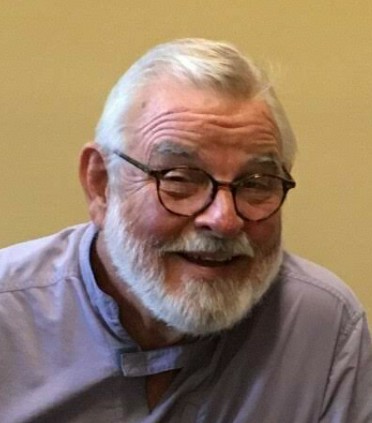By: Blaney Pridgen
All writers in Op Ed are here to inform and acknowledge issues of importance to our communities, however these writings represent the views and opinions of the authors and not necessarily of The Advertiser.
The world we think we know is never all of the world. The stark and bitter divisions in our nation should teach us this. In race, politics, and religion different worlds mark their boundaries and consider themselves guardians of the truth and saviors of the world; yet they each are not all of the world, just one little world among many.
I have been thinking about a familiar experience in jet travel. Usually, a long flight climbs above the clouds. Out the window appears below a fluffy cloudscape. When there are no openings in the clouds, we can imagine them to make a landscape with mountains and valleys and a sun above. Close to our destination, we descend through this “landscape” of cloud and mist. For a while we discern nothingness out of the window. Then, suddenly, we break into the reality of the earth world, dirt-water-rock world that is below the cloud world. As we draw closer to land, we may look down at the populated grids, with dwellings and other buildings much smaller than tiny “Monopoly” houses and hotels. We might consider the little worlds of little human beings encapsulated in each one. And we might think: are they like me and would I like them? Then, once we land and disembark, we look up to the clouds and realize that even beyond the cloudscape is outer space and who knows what worlds beyond. The world we think we know is never all of the world. Perhaps the misty nothingness in between while ascending and descending is the best metaphor for our passages.
We do not live in a single world. The single world defies discovery. Rather, we share multiple worlds beyond number, without ever leaving town or even the house of home and family. We must accept each other’s world, however small, as real for the other person, but not real for one’s self. Unity in this regard is a pious imagination of forever hopeful hearts; yet it is valuable to strive for unity regardless of its attainment. Striving for unity is the polite thing to do. It is much better than forcing our worlds on each other, as though ours is the only true and right one.
That’s a lot to think about, all those worlds we try to live in. It makes a soul want to find a safe place to reside far from the madding crowd. Once upon a time and faraway there were two siblings who sought out a safe place to hideaway from their parents, who were of the one world with no regard for or suspicion about others. One of the two preferred an enclosed area under the basement stairs. Under the stairs was a cozy andeasily organized. No one could sneak up on you. You would hear them coming down the stairs. The other sibling sought out a secluded, deeply wooded trail down to the rapids of a river a quarter mile behind the house. This was a relatively wild hideaway full of wild things. One safe place was order and the other safe place was chaos.
So, the two siblings both had safe places, but the places were quite different types of hideaways. One was like tending a secret garden and the other was like plowing new ground in a frontier. By the way, the siblings were identical twins. And, additionally, consider this: both twins reside in each of us and we each are their parent, firmly entrenched in a single, small world view. The twins must have their hideaways, in order and in chaos, or go crazy trying.
It seems to me that among all the worlds we humans live in we share those internal twins. Some of us pine for a place under the stairs more than in the woods. Others crave the woods until they wear out and go under the stairs. Some of us try to balance the matter, but never quite pull it off. And, all the while, the parent that is us cries out for us, wherever we are, to come home.
The world we think we know is never all of the world.

